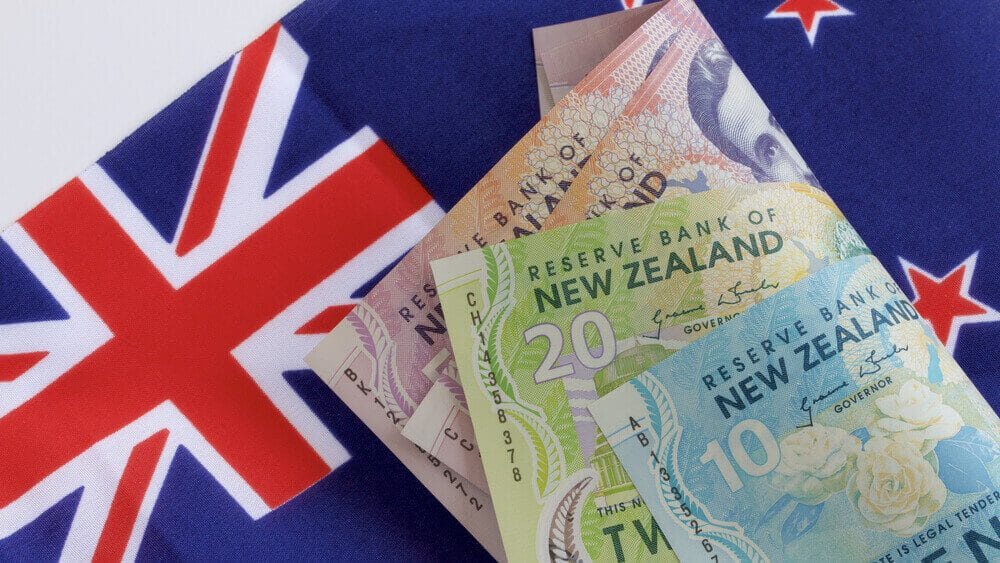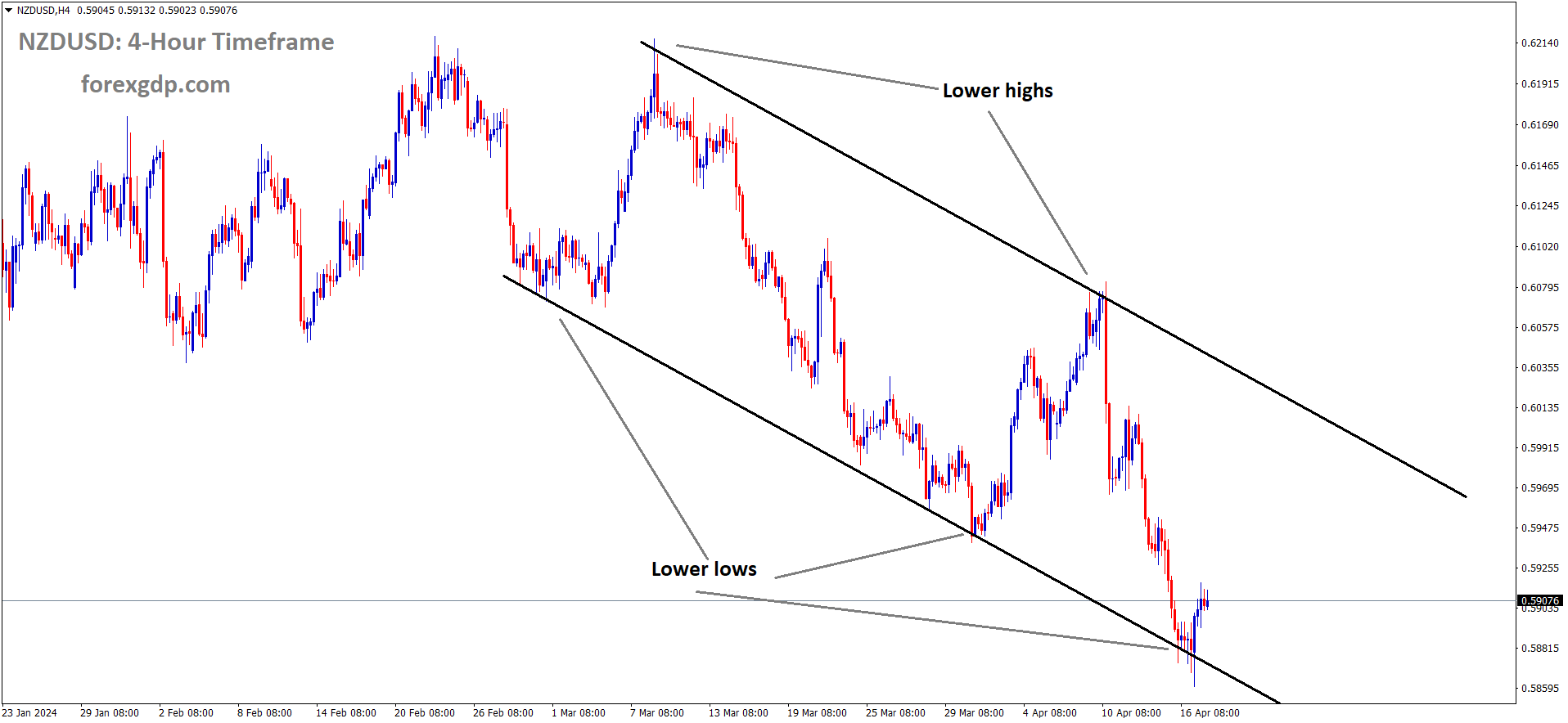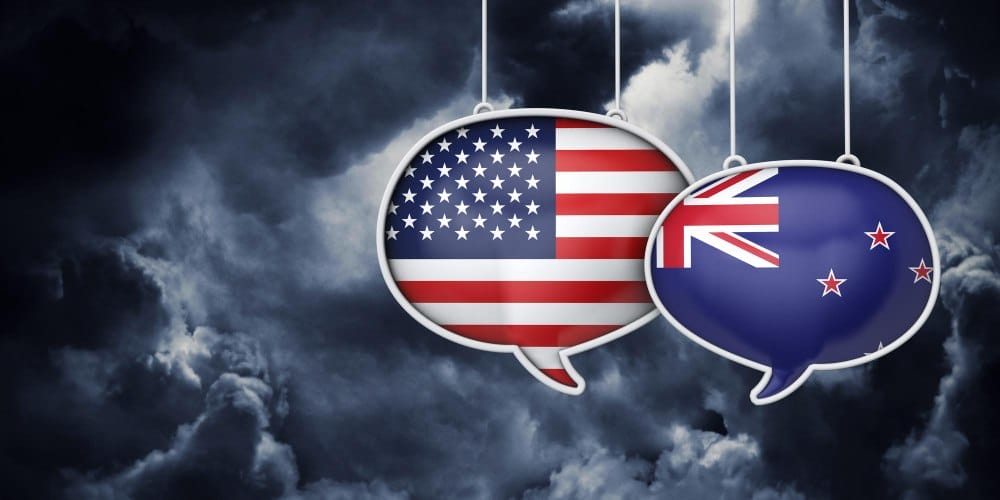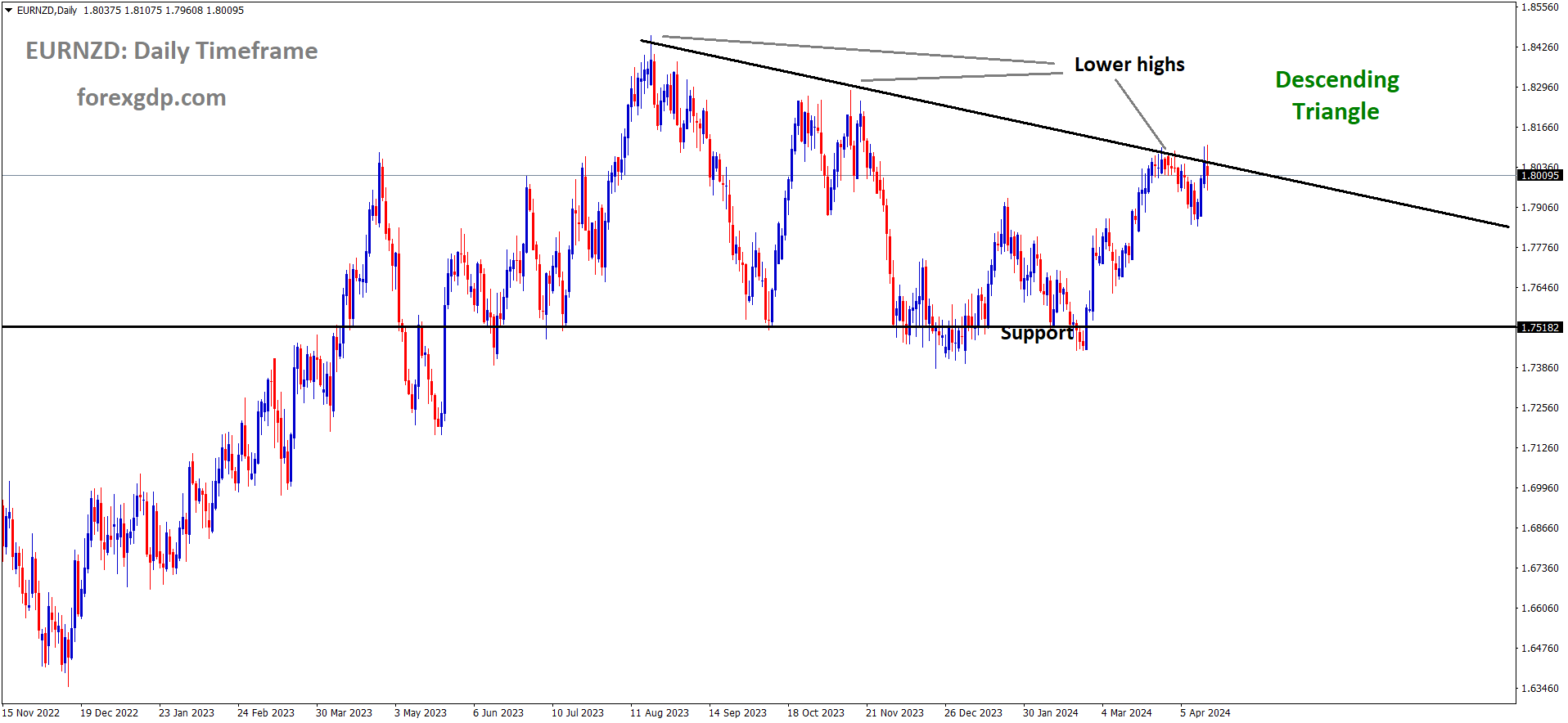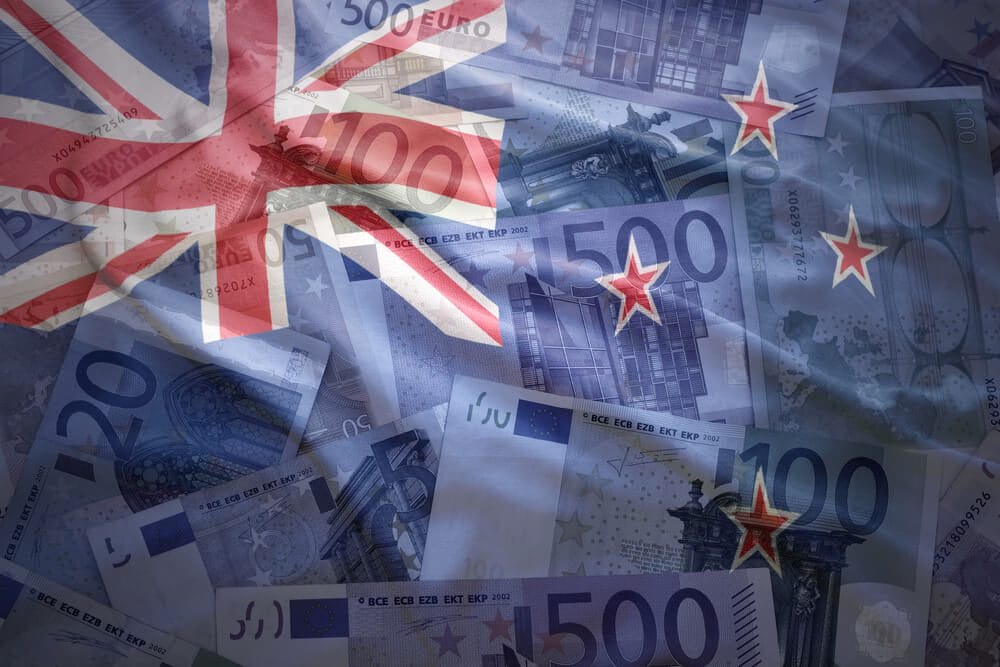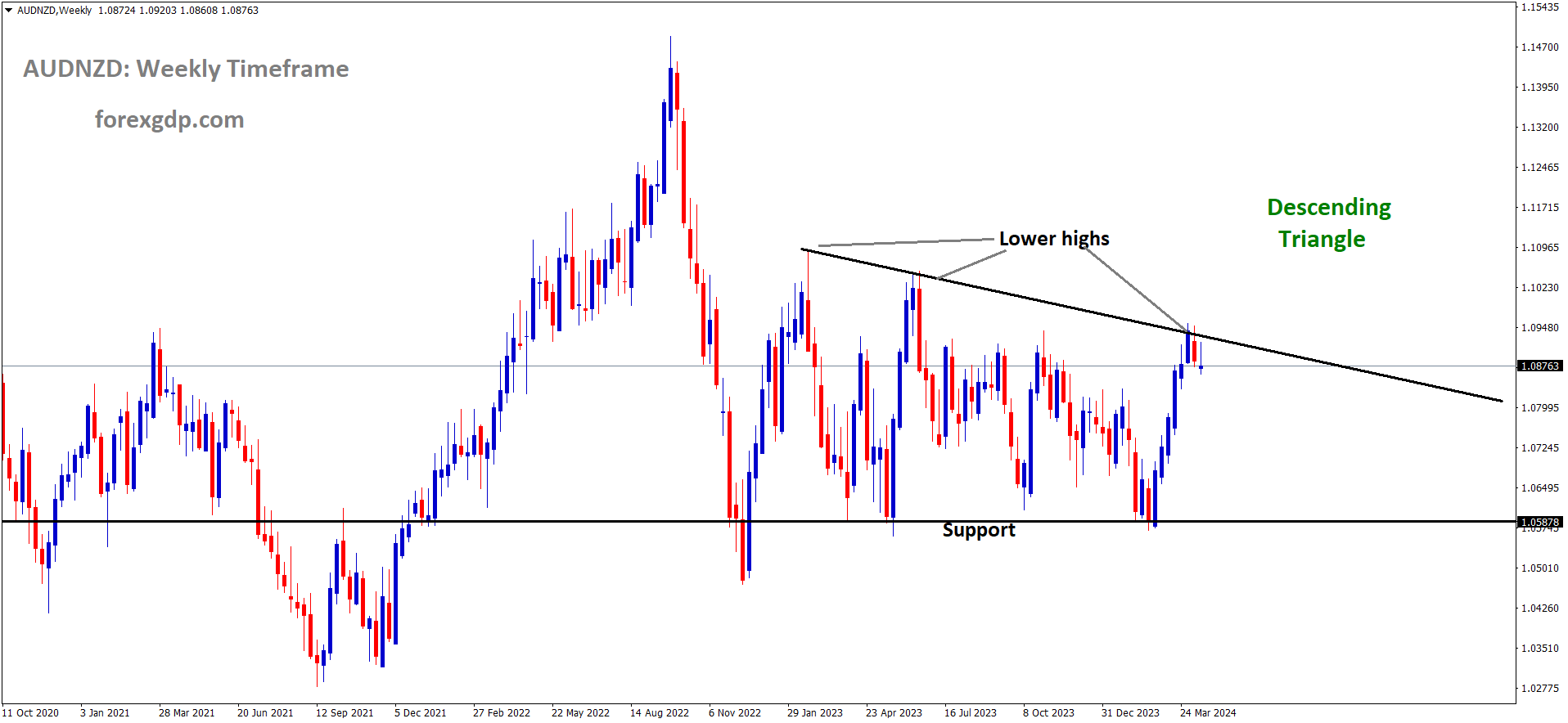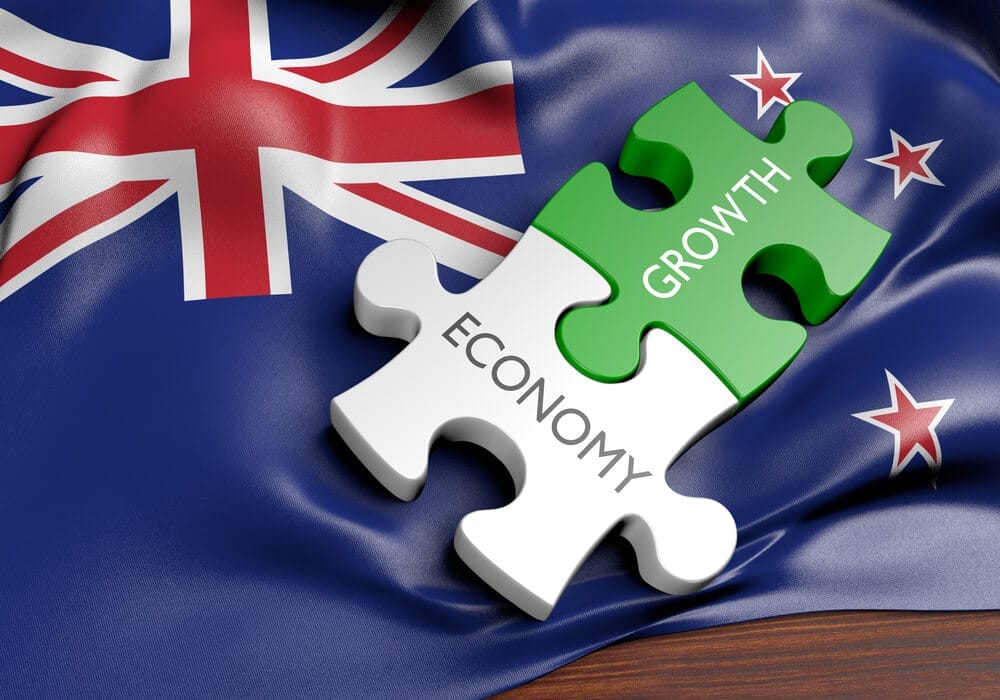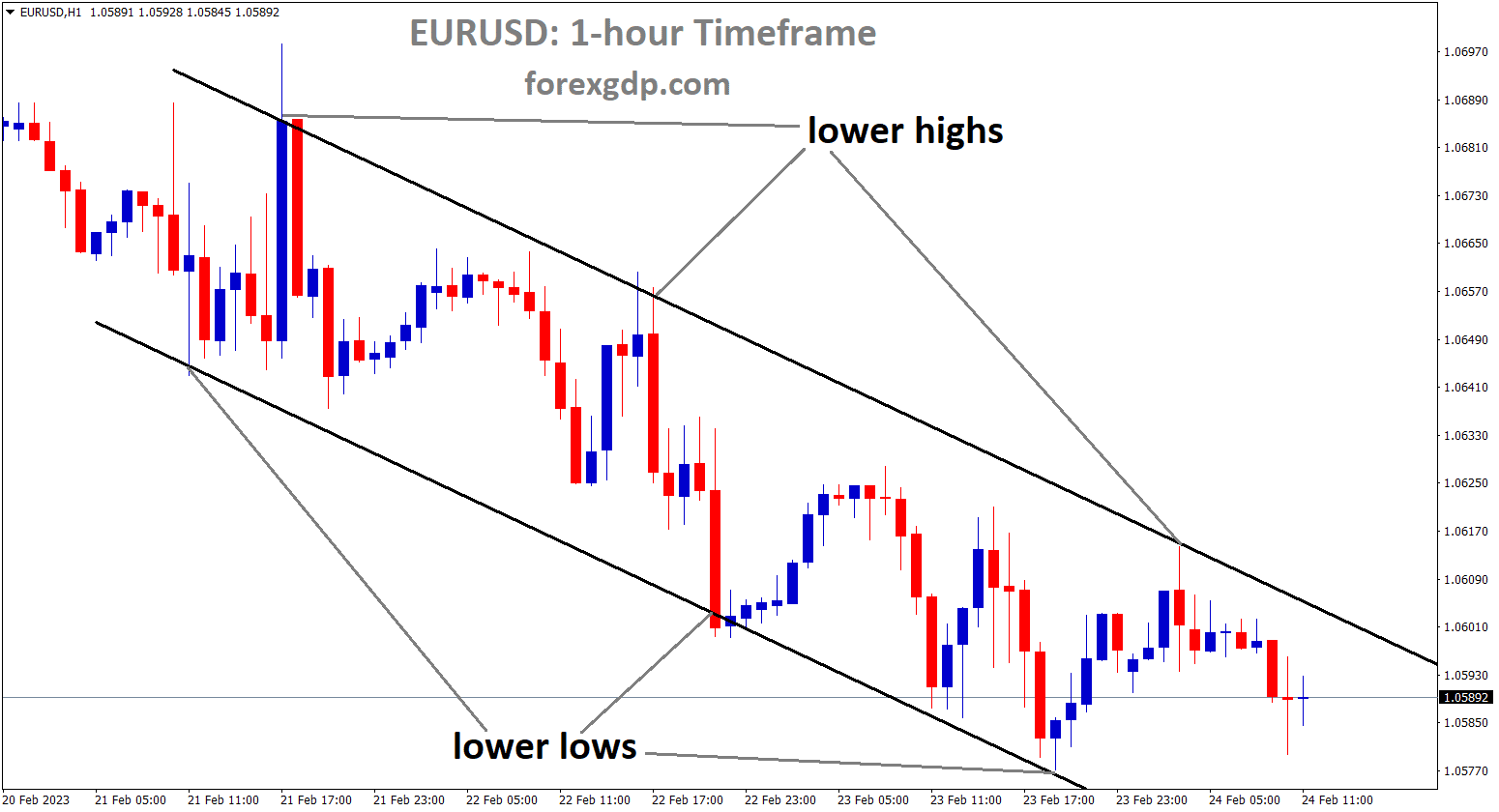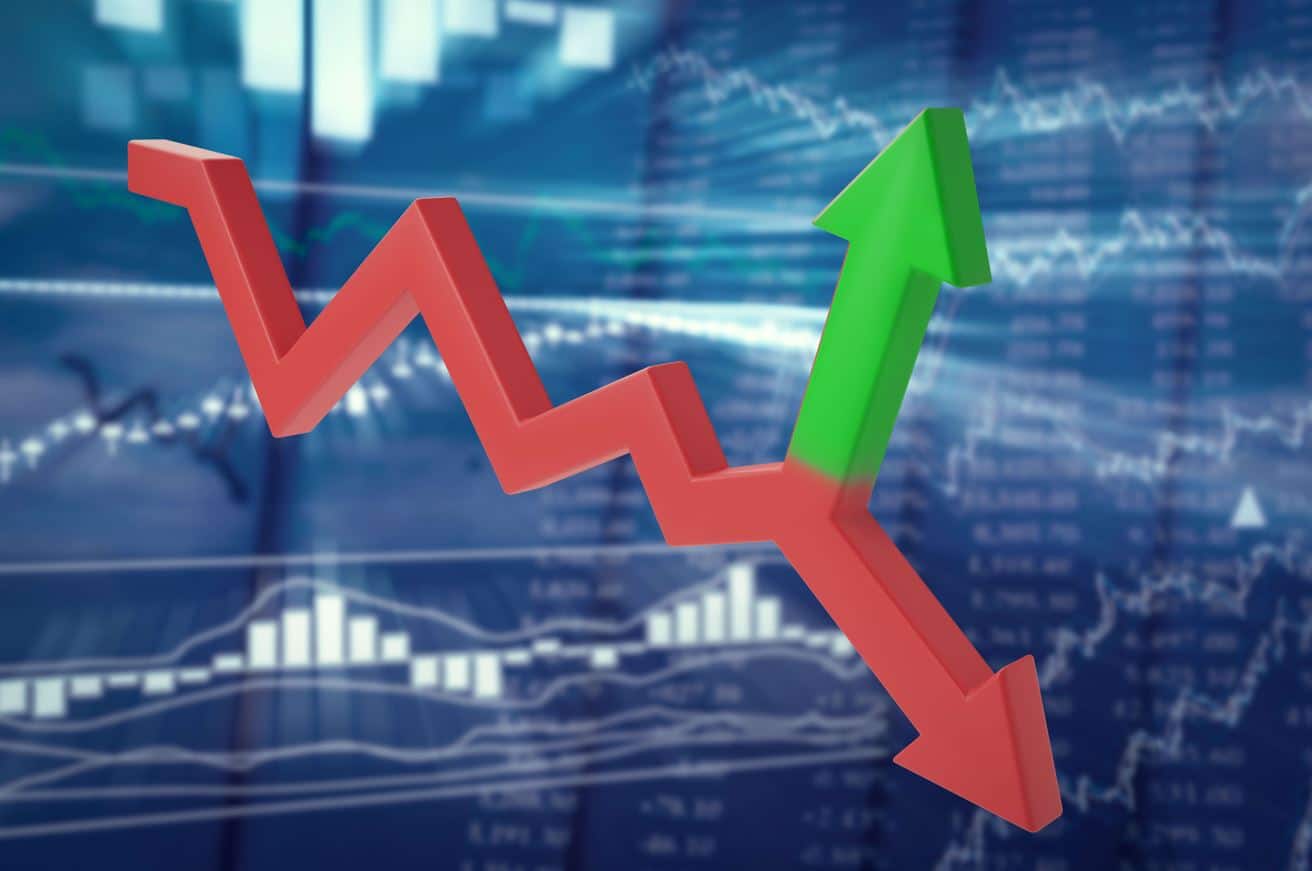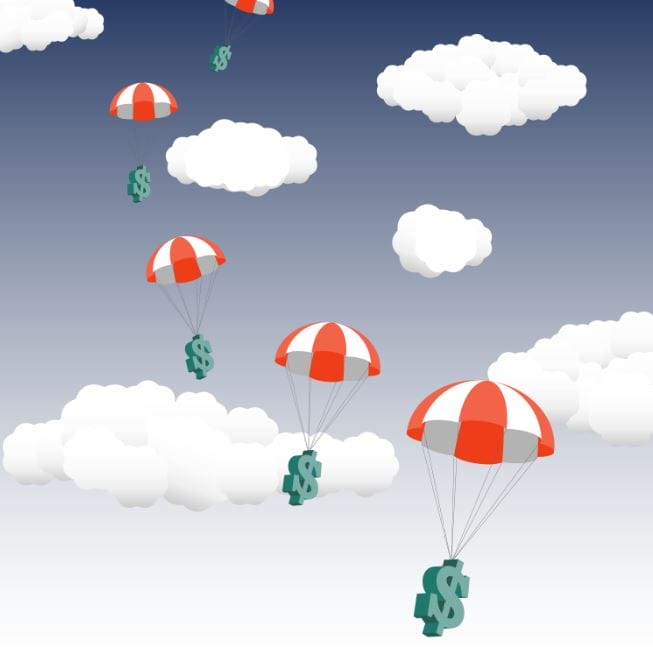NZDUSD – Surges to 0.5900 on Expectations of Delayed RBNZ Rate Cuts
NZ CPI Data QoQ came at 0.60% to the March 2023 and above the previous reading of 0.50%. Annualised reading came at 4.0% compared to 4.70% in the previous month. NZ Dollar moved up after the reading came. RBNZ is expected to keep rates at upcoming months and November meeting have the chances to rate cuts instead of October month.
NZDUSD is moving in Descending channel and market has rebounded from the lower low area of the channel
The NZD/USD pair continues its upward momentum, reaching the significant resistance level of 0.5900 during Wednesday’s trading session in Europe. This surge in the New Zealand Dollar (NZD) against the US Dollar (USD) is driven by shifting perceptions among investors regarding the timing of potential interest rate cuts by the Reserve Bank of New Zealand (RBNZ).
Market sentiment has been notably influenced by the release of New Zealand’s Q1 Consumer Price Index (CPI) data earlier in the Asian session. According to Stats NZ, inflation in New Zealand increased by the expected 0.6%, marking a rise from the 0.5% growth recorded in the previous quarter of 2023. However, the annual inflation rate decelerated to 4.0% from the prior reading of 4.7%. Currently, the RBNZ maintains its Official Cash Rate (OCR) at 5.5%.
This latest inflation data has led investors to adjust their expectations, now anticipating that the RBNZ will commence its rate-cutting cycle from the November meeting instead of the previously expected October meeting.
In addition to the CPI figures, the broader market sentiment has also contributed to the NZD’s strength. S&P 500 futures have shown significant gains in European trading, indicating improved investor confidence. Meanwhile, 10-year US Treasury yields have slightly decreased to 4.64%. The rally in the US Dollar Index (DXY) appears to have paused near 106.40, as investors interpret recent statements from Federal Reserve Chair Jerome Powell.
Powell’s remarks, reported by Reuters, suggest that the Fed is not yet confident in the economic data, particularly regarding consumer price inflation in March. Consequently, financial markets are now speculating that the Fed will delay its interest rate reductions until the September meeting.
NZD: Inflation Hits 4% Annual Rate, Lowest Since June 2021
NZ CPI Data QoQ came at 0.60% to the March 2023 and above the previous reading of 0.50%. Annualised reading came at 4.0% compared to 4.70% in the previous month. NZ Dollar moved up after the reading came. RBNZ is expected to keep rates at upcoming months and November meeting have the chances to rate cuts instead of October month.
EURNZD is moving in Descending Triangle and market has reached lower high area of the pattern
New Zealand’s Consumer Price Index (CPI) data reveals a continued decline in inflation, with the annual rate settling at 4 percent for the 12 months leading up to the March 2024 quarter, according to the latest figures released by Stats NZ.
This 4 percent increase follows a previous 4.7 percent rise recorded in the 12 months leading up to the December 2023 quarter. Nicola Growden, Senior Manager of Consumer Prices at Stats NZ, noted that while the price increases for the quarter were the smallest since June 2021, they still remained above the Reserve Bank of New Zealand’s target range of 1 to 3 percent.
The annual rate falls in line with economist forecasts, with Westpac economists expecting a 0.8 percent rise in New Zealand consumer prices for the March quarter, anticipating the annual inflation rate to drop to 4.2 percent. Kiwi Bank predicted a similar 4.2 percent, while ASB and ANZ forecasted 4.1 percent and 4 percent respectively. BNZ economists were slightly more optimistic with a prediction of 3.9 percent.
Notably, housing and household utilities were significant contributors to the annual inflation rate, driven by rising prices for rent, construction of new houses, and rates. Rent prices saw a substantial increase of 4.7 percent in the 12 months leading up to the March 2024 quarter, while construction of new houses and rates increased by 3.3 percent and 9.8 percent, respectively.
In contrast, food prices experienced a decline in March compared to February, primarily due to a sharp decrease in the price of fruit and vegetables. On an annual basis, the record 13.8 percent fall in fruit and vegetable prices helped maintain the overall food inflation figure at 0.7 percent.
Additionally, recreation and culture contributed to the annual increase in inflation, attributed to rising prices for international accommodation and cultural services. Prices for international accommodation surged by 20.8 percent in the 12 months leading up to the March 2024 quarter, following a 6.0 percent increase in the previous quarter.
The Consumer Price Index rose by 0.6 percent in the March 2024 quarter, driven by increasing prices for alcoholic beverages and tobacco, as well as recreation and culture, partially offset by lower transport prices. Cigarette and tobacco prices notably rose by 6.5 percent in the quarter, following an annual tobacco excise tax increase on January 1, 2024.
Overall, while tradable inflation experienced a decline due to lower prices for items like used cars and apparel, non-tradable inflation remained elevated, indicating continued pressure on domestic demand and supply conditions.
NZD: Stats NZ: Annual inflation hits 4%, lowest in years
NZ CPI Data QoQ came at 0.60% to the March 2023 and above the previous reading of 0.50%. Annualised reading came at 4.0% compared to 4.70% in the previous month. NZ Dollar moved up after the reading came. RBNZ is expected to keep rates at upcoming months and November meeting have the chances to rate cuts instead of October month.
AUDNZD is moving in Descending Triangle and market has reached lower high area of the pattern
The annual rate of inflation, as per Stats NZ data, continues its downward trend, with the Consumer Price Index (CPI) showing a 4% increase in the 12 months leading up to the March quarter.
The CPI, a vital gauge reflecting changes in the prices of goods and services, rose by 4%, a notable decline from the 4.7% uptick recorded in the 12 months preceding the December 2023 quarter. This downward trajectory marks a significant shift from the peak of 7.3% witnessed in June 2022.
Nicola Growden, Stats NZ’s consumers prices senior manager, highlighted that the current quarter’s price increases represent the smallest uptick since June 2021. However, despite this moderation, inflation remains above the Reserve Bank’s target range of 1% to 3%, slightly surpassing the central bank’s earlier projections for this period.
The primary drivers behind this inflationary pressure include the escalating costs within the housing and household utilities sectors. Notably, rising prices for rent, construction of new houses, and rates significantly contributed to this trend.
Rent prices soared by 4.7% in the 12 months leading up to the March 2024 quarter, while construction costs for new houses and rates surged by 3.3% and 9.8%, respectively. Growden emphasized that the current rate of rent escalation marks the highest observed since the introduction of the rental price series in September 1999.
Furthermore, the recreation and culture sector emerged as another significant contributor to the overall annual increase in inflation. This was driven by surging prices for international accommodation and cultural services, encompassing items such as subscription TV, cinema tickets, and zoo admission.
Prices for international accommodation skyrocketed by 20.8% in the 12 months preceding the March 2024 quarter, following a 6.0% increase in the December 2023 quarter. Acting Finance Minister Chris Bishop acknowledged the encouraging downturn in inflation but emphasized that more efforts are necessary to address the underlying economic challenges.
Don’t trade all the time, trade forex only at the confirmed trade setups
Get more confirmed trade signals at premium or supreme – Click here to get more signals , 2200%, 800% growth in Real Live USD trading account of our users – click here to see , or If you want to get FREE Trial signals, You can Join FREE Signals Now!

